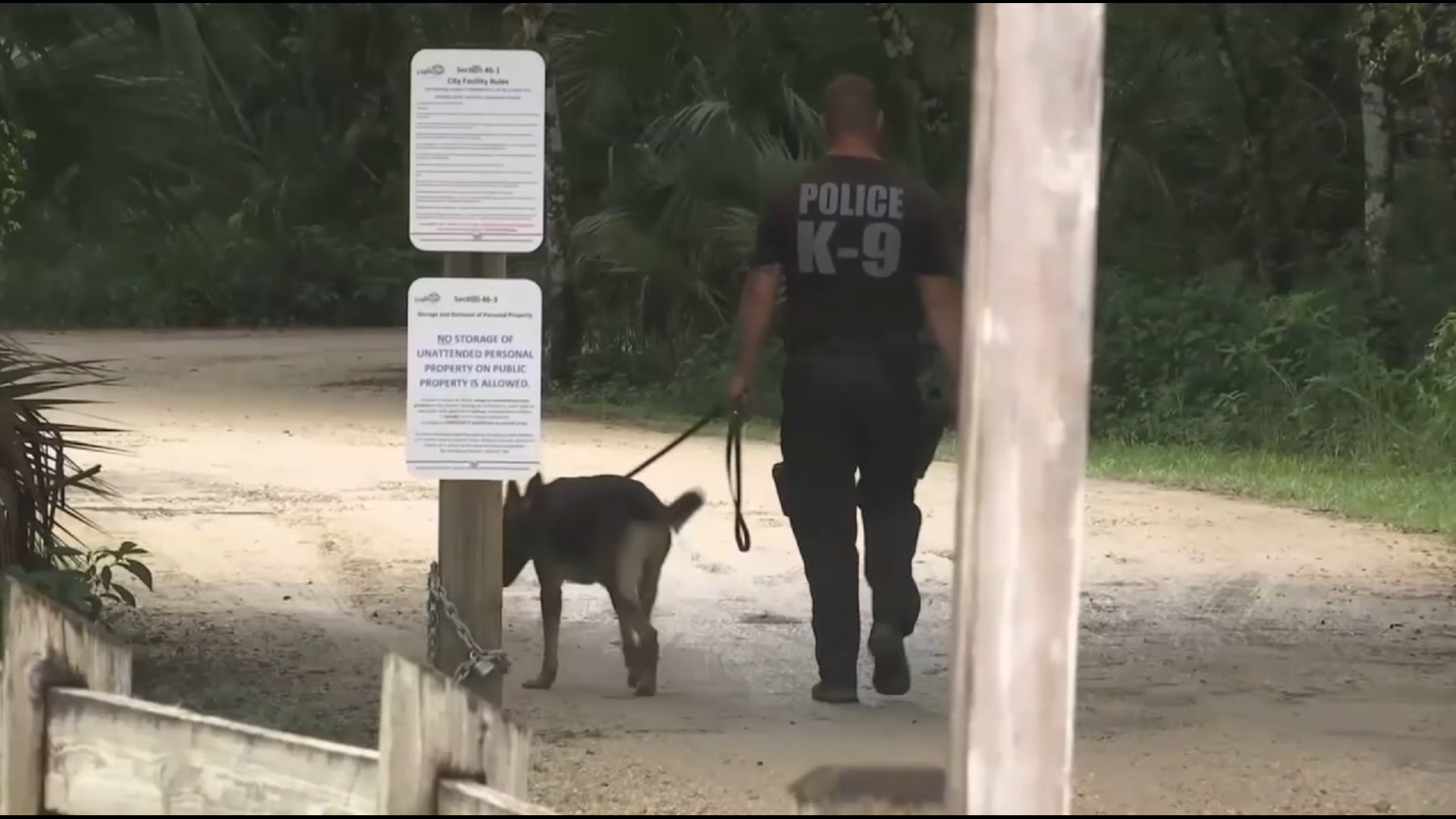HARRISBURG, Pa. — The missing person case of 22-year-old Gabby Petito has drawn national attention.
The missing person case of 16-year-old Leivy Rodas remains virtually unknown.
Both young women went missing in the last month, but a key difference made it more likely that one would get more news coverage; Petito is White, while Rodas is Hispanic.
Uneven coverage of missing people isn’t new. In 2004 the late PBS anchor Gwen Ifill coined the term to describe it: “missing white woman syndrome,” or the tendency of media and national attention to focus on missing white women more than women of color or men.
Forty-six percent of missing person cases in 2020 were not White, according to FBI statistics. Yet the news covers only about one fifth of missing person cases involving minorities, according to a 2016 analysis by Northwestern University.
“We have to be concerned anytime we see outcomes that do not match the relative populations,” said Stacie Blake, CEO of YWCA Lancaster.
Missing white woman syndrome is part of a larger preference for whiteness in American society, according to social justice advocates.
“Even growing up with White barbie dolls and always preferring a white face over others, even though I’m Indigenous. I was taught that’s what beauty is, that’s what respected,” said Jennifer Folayan, art activist and board member of the Baltimore American Indian Center.
Advocates said their push to equally publicize missing people color shouldn’t divert resources or the tragic loss of other missing person cases.
“We can’t compare pain,” Blake said. “We’re comparing the resources and response when any woman would go missing.
The Petito case demonstrated the power of social media and internet sleuthing. Anyone can make a difference, Folayan said, especially talking about missing women on social media. Just one tip can help solve a case.

